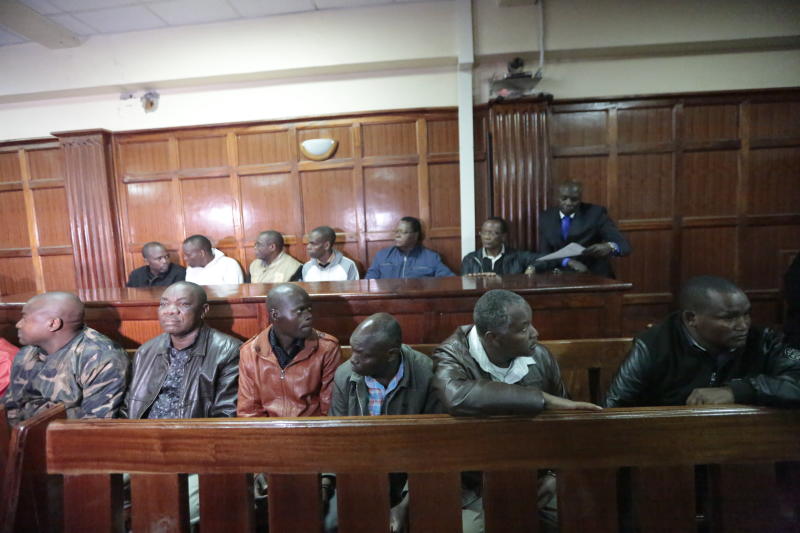×
The Standard e-Paper
Truth Without Fear

Lately, Kenyans have been treated to revelations of the loss of billions of shillings in taxpayers’ money. The disclosures have resulted in tough official stances and the usual promises to fight corruption.
The President and the Chief Justice have made the latest public declarations against corruption, promising that the institutions they head will invigorate the fight against the vice.